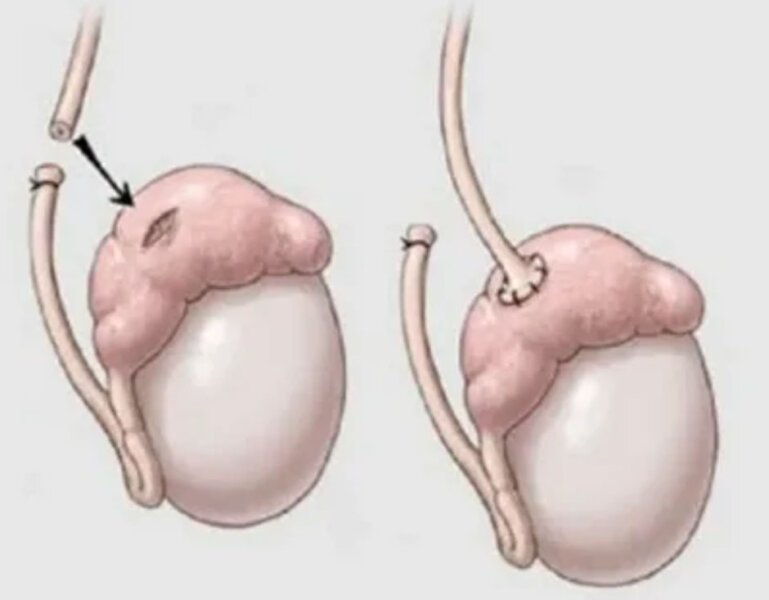How Long Results Last from FUE and Strip Hair Transplants
Hair transplants have evolved dramatically over the past few decades, offering individuals struggling with hair loss more refined and effective solutions. Among the most common and trusted procedures today are FUE (Follicular Unit Extraction) and strip hair transplants—also known as FUT (Follicular Unit Transplantation). Both techniques are available at leading clinics, including those offering FUE hair transplant in Raleigh and strip hair transplant in Raleigh.
If you’re considering either procedure, it’s essential to understand how long the results can last and what you can do to maintain them. This article breaks down the long-term outcomes of both FUE and strip hair transplants, with insights specific to patients in Raleigh, NC.
Understanding the Basics: FUE vs. Strip Hair Transplants
Before diving into longevity, it’s important to understand what each technique involves:
FUE Hair Transplant in Raleigh
In FUE, individual hair follicles are extracted from the donor area—typically the back or sides of the scalp—and implanted into thinning or bald areas. This method leaves tiny, dot-like scars that are barely visible, making it popular for those who prefer short hairstyles.
Strip Hair Transplant in Raleigh
Also called FUT, this technique involves removing a narrow strip of scalp from the donor area. The strip is then dissected into individual follicular units, which are implanted into the recipient area. FUT allows for the transplantation of a large number of grafts in one session, often resulting in denser coverage. A linear scar remains, usually concealed by surrounding hair.
How Long Do the Results of FUE and Strip Hair Transplants Last?
Both FUE and strip hair transplants are designed to provide long-lasting, permanent results. However, several factors influence just how long those results remain optimal.
Permanent Hair Growth from Donor Hair

The key to both procedures’ longevity is the use of DHT-resistant hair follicles from the donor area. DHT (dihydrotestosterone) is a hormone that contributes to hair thinning and balding. Hair follicles taken from the back and sides of the scalp are genetically resistant to DHT, which means that once transplanted, they retain their resistance and continue to grow for a lifetime.
Patients who undergo either FUE hair transplant in Raleigh or strip hair transplant in Raleigh can expect transplanted hair to grow permanently—just like natural hair.
Visible Results Within One Year
Both FUE and FUT follow a similar growth timeline:
- First 2-4 weeks: Transplanted hair will shed (a normal part of the process).
- 3-4 months: New hair begins to grow from the transplanted follicles.
- 6 months: Noticeable density appears.
- 12 months: Final results typically visible.
This hair grows naturally, can be cut, styled, and washed without issue.
Key Differences in Longevity Between FUE and Strip Hair Transplants
Although both techniques offer permanent results, there are subtle differences worth considering:
Graft Survival Rates
- FUT (strip method) may offer slightly higher graft survival rates because the follicles are extracted as part of a tissue strip, which can better preserve the root.
- FUE requires more precise extraction of individual follicles, and survival depends heavily on the skill of the surgeon.
Clinics offering FUE hair transplant in Raleigh often use advanced technology like robotic assistance or micromotor punches to enhance accuracy and reduce trauma to the follicles.
Number of Grafts
- FUT allows for more grafts to be harvested in a single session, making it more efficient for patients with extensive hair loss.
- FUE is preferred for mild to moderate hair loss, but may require multiple sessions for full coverage.
Scarring and Hairstyle Flexibility
- FUE produces minimal scarring, which makes it ideal for those who want to wear their hair short.
- Strip hair transplant results in a linear scar, which may limit very short haircuts but is usually hidden under longer hair.
Will You Need Another Hair Transplant Later?
While the transplanted hair is permanent, it’s important to note that your natural hair may continue to thin over time, especially if you’re genetically prone to male or female pattern baldness. This can sometimes create contrast between thick transplanted areas and newly thinning areas.
Many patients who undergo FUE or strip hair transplants in Raleigh may opt for a touch-up procedure years later to maintain an even appearance. Fortunately, both procedures allow for repeat sessions if the donor area remains healthy.
Tips to Maximise Long-Term Results
Regardless of the technique you choose, taking care of your hair and scalp is vital. Here are a few ways to maintain your results:
- Choose a reputable clinic in Raleigh with experienced transplant surgeons who specialise in FUE and FUT.
- Avoid smoking and excessive alcohol consumption, which can impair circulation and delay healing.
- Follow all post-operative care instructions, including when to resume washing your scalp and avoiding sun exposure.
- Consider medications like minoxidil or finasteride to slow the progression of natural hair loss.
- Maintain a healthy diet, as deficiencies in vitamins like B12, D, and iron can affect hair growth.
Who Is a Good Candidate for FUE or Strip Hair Transplant?
Good candidates for both methods include individuals who:
- Have stable hair loss (not rapidly progressing).
- Possess sufficient donor hair.
- Are in overall good health.
- Have realistic expectations about the outcome.
A consultation at a Raleigh hair replacement clinic can help determine the best approach for your specific needs, whether you need dense coverage or prefer minimal downtime.
Conclusion

When performed correctly, both FUE and strip hair transplants can offer natural, permanent results that restore confidence and enhance your appearance. The choice between the two often comes down to individual hair loss patterns, lifestyle preferences, and aesthetic goals.
If you’re considering either FUE hair transplant in Raleigh or strip hair transplant in Raleigh, working with an experienced team can ensure that your results last for years—even decades—to come. With the right care and clinic support, you’ll enjoy not just a fuller head of hair but a renewed sense of self-assurance.






